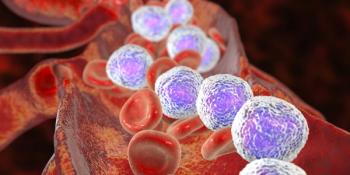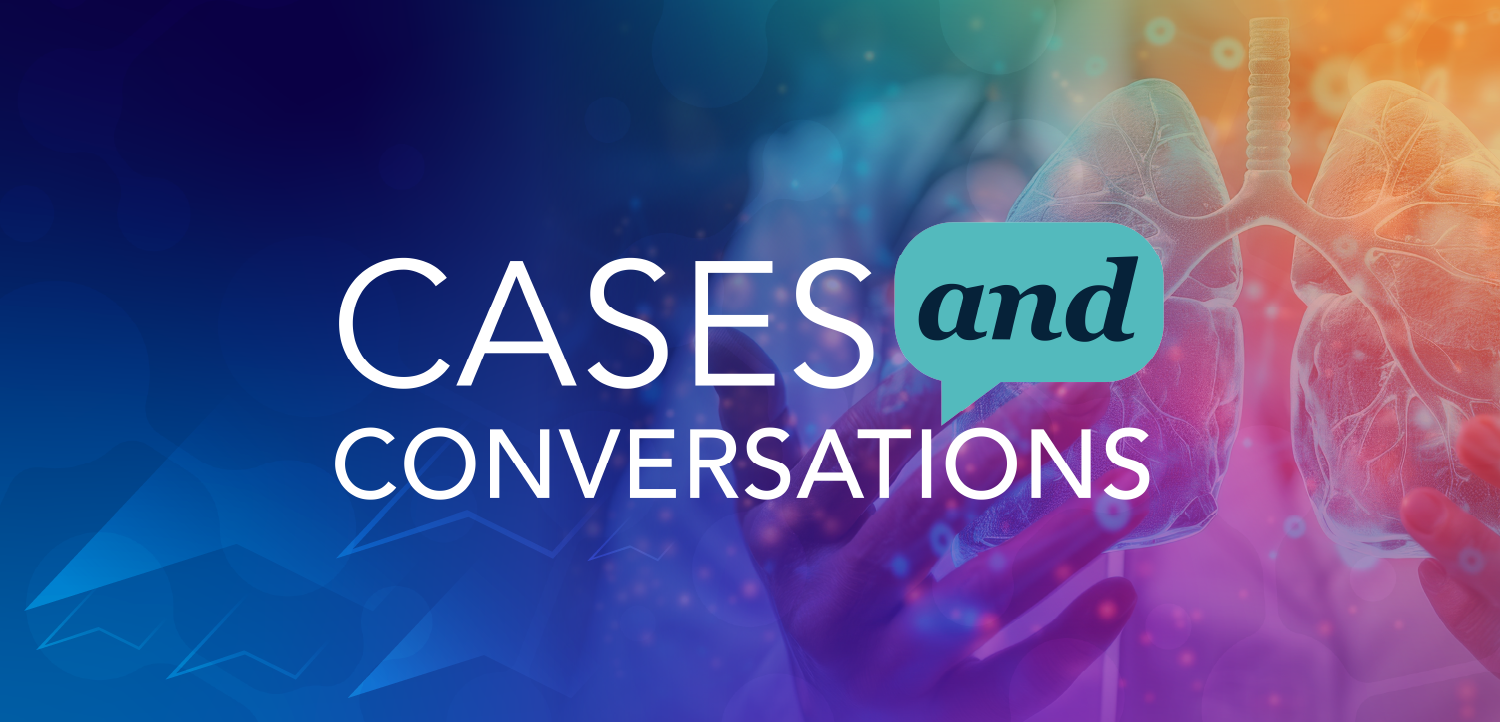Eflornithine Is Approved by the FDA for High-Risk Neuroblastoma
Eflornithine, which was approved in adult and pediatric patients with high-risk neuroblastoma, was assessed in an externally controlled trial comparing results from Study 3b and Study ANBL0032.
The News
The FDA has granted approval to eflornithine (Vaniqa) as a treatment for adult and pediatric patients with high-risk neuroblastoma (HRNB) who have achieved a partial response or better to a previous, multiagent, multimodal treatment including an anti-GD2 immunotherapy, according to a press release from the agency.
The Study
Eflornithine was assessed in an externally controlled trial comparing findings from study 3b (NCT02395666) as the investigational arm with those from study ANBL0032 as a clinical trial-derived external control arm.
In study 3b, a total of 105 patients with HRNB were treated with a twice-daily dose of oral eflornithine based on body surface area; patients were treated until disease progression, unacceptable toxicity, or up to a maximum of 2 years.
Moreover, the external arm contained 1241 patients who were treated with dinutuximab (Unituxin), granulocyte-macrophage colony-stimulating factor, interleukin-2, and cis-retinoic acid vs cis-retinoic acid alone in a pediatric HRNB population.
Key Efficacy Findings
Investigators reported an HR of 0.48 (95% CI, 0.27-0.85) for event-free survival (EFS) and 0.32 (95% CI, 0.15-0.70) for overall survival (OS) per the protocol-specified primary analysis. The study’s investigators also ran supplementary analyses in patient subpopulations due to “uncertainty in treatment effect estimation” that comes with externally controlled study designs. From the analyses, the investigators identified an HR of 0.43 (95% CI, 0.23-0.79) to 0.59 (95% CI, 0.28-1.27) for EFS, as well as 0.29 (95% CI, 0.11-0.72) to 0.45 (95% CI, 0.21-0.98) for OS.
Safety
Frequent toxicities identified in study 3b included laboratory abnormalities, diarrhea, cough, sinusitis, pneumonia, upper respiratory tract infection, conjunctivitis, vomiting, pyrexia, allergic rhinitis, neutrophil decrease, alanine transaminase and aspartate aminotransferase increase, hearing loss, skin infection, and urinary tract infection.
Reference
FDA approves eflornithine for adult and pediatric patients with high-risk neuroblastoma. News release. FDA. December 13, 2023. Accessed December 13, 2023. https://bit.ly/4ahkzjP
Newsletter
Stay up to date on recent advances in the multidisciplinary approach to cancer.


















































































